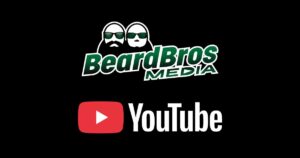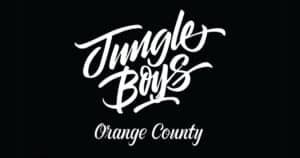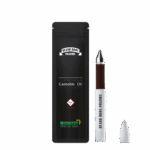Optimizing Staffing for Business Transition
Managing Staff During Business Transition
In Part One of our Transition Management Series, we discussed how 420CPA, led by Rachel Wright, helped facilitate the dissolution of Greenleaf Ventures, ensuring the new owners successfully navigated the early phases of transition. Part Two focused on setting up financial systems and processes within the first three months of the acquisition.
Now, in Part Three, we tackle one of the most critical components of business transition management: finding and integrating new staff while maintaining business continuity and operational efficiency.

The Challenge: Building the Right Team
After acquiring Greenleaf Ventures, Sean needed to hire a new team to replace key leadership roles, including CFO, Controller, and HR leader, while ensuring employee engagement among current staff during the transition.
Staffing during a business acquisition is a delicate process. The company had to continue operating without interruption while onboarding new employees. The challenge was to balance continuity with cultural and operational improvements, ensuring that inefficiencies or bad habits from previous employees were not carried over.
This scenario is common in mergers and acquisitions (M&A), where companies must develop a human capital strategy that supports both short-term needs and long-term business objectives.
Solution: Knowledge Transfer and Training
Rachel Wright and her team at 420CPA were responsible for identifying and training the new hires, ensuring they had the necessary tools, processes, and knowledge to maintain business operations.
One of the biggest risks in workforce transition is the transfer of outdated or inefficient practices. To mitigate this, Rachel took the lead in thoroughly understanding Greenleaf Ventures’ Standard Operating Procedures (SOPs) before directly training the new team.
To ensure effective knowledge transfer, Rachel:
- Spent a month on-site, learning the day-to-day processes and operational workflows firsthand.
- Developed a structured training plan to guide new hires through their job responsibilities.
- Ensured that knowledge gaps were addressed before the outgoing team left, reducing reliance on old processes.
Additionally, a strategic decision was made to limit direct contact between the old and new staff to prevent the continuation of inefficient workflows or negative workplace culture from the previous team.
“I made sure I had all the knowledge to train the new staff directly,” Rachel explains. “This helped maintain continuity while ensuring that the new team didn’t adopt any bad habits from the old staff.”
This hands-on approach to leadership transition is critical for organizations undergoing ownership changes, as it provides consistency while promoting innovation and efficiency in business operations.

The Training Process
A structured onboarding and training program was essential to ensuring the new leadership team could quickly integrate and perform at full capacity. Rachel’s approach focused on:
- Detailed Training on SOPs: New staff received comprehensive instruction on company procedures, allowing them to take over their roles without disruption to the business.
- Support and Tools: Employees were provided with the right financial software, operational systems, and other resources needed for their roles. Utilizing tools like QuickBooks and Gusto helped streamline financial management and payroll processes.
- Continuity and Ongoing Support: Beyond the initial training phase, Rachel and the 420CPA team remained available for ongoing support, addressing concerns and ensuring long-term stability.
A well-structured training and support system is essential in business transition management, reducing downtime and enhancing employee productivity.
Impact: A Smooth Transition
By taking a proactive approach to recruitment and training, the transition of Greenleaf Ventures’ new staff was seamless. The new team members were fully integrated without any significant disruptions to daily operations.
The structured hiring and onboarding process helped:
- Maintain business continuity during the transition period.
- Ensure the new team had the knowledge and resources to perform their roles effectively.
- Prevent the adoption of inefficient legacy processes.
A successful workforce transition strategy is key in M&A integrations, allowing businesses to maintain operational excellence while making improvements that align with the company’s long-term goals.
Outcome: Long-Term Stability
With a well-trained leadership team in place, Greenleaf Ventures was positioned for long-term stability and growth. The thorough onboarding and support provided by Rachel Wright and 420CPA not only ensured a smooth transition but also established strong business practices for the future.
By aligning new hires with the company’s vision, culture, and operational goals, Greenleaf Ventures strengthened its foundation for sustainable success.
What’s Next?
In Part Four of our Transition Management Series, we will explore the ongoing support needed after hiring. From post-hiring assessments to continuous employee training, we will discuss how businesses can ensure long-term success for their new teams. Stay tuned as we guide you through the final phase of this critical business transition journey.
Verdant Strategies: Transition Management Part I- Initial Stage
Transition Management Series: Part Four – Post-Hiring Support and Ongoing Training
















